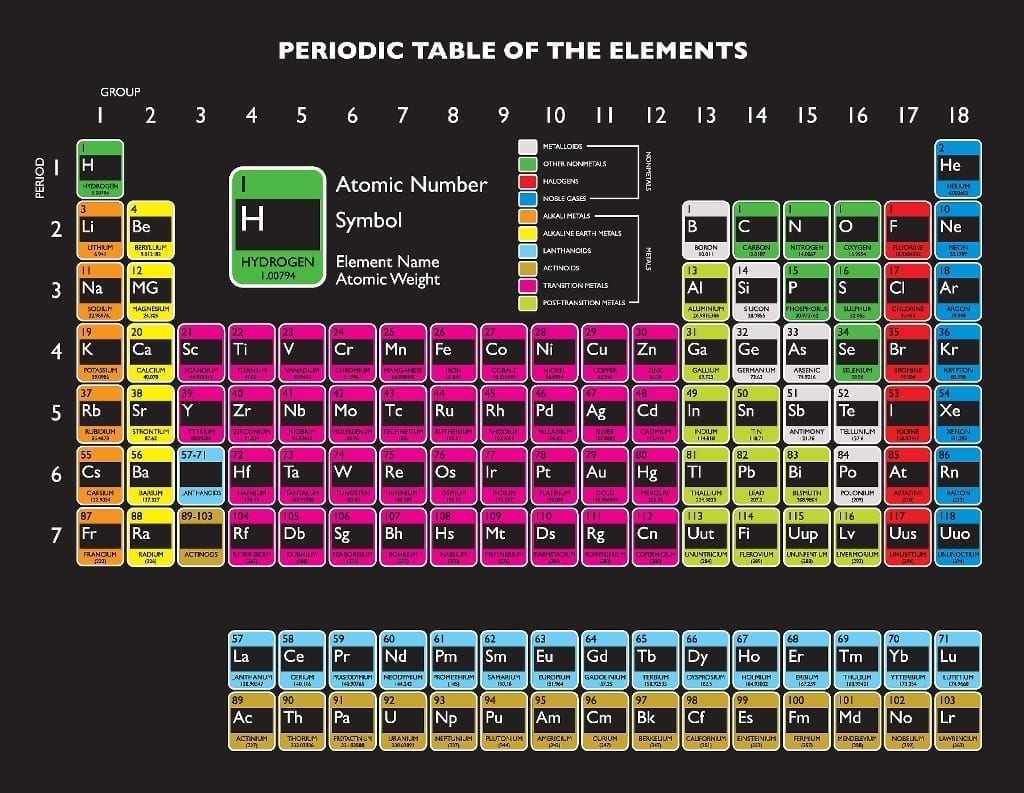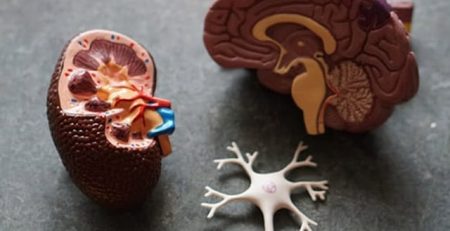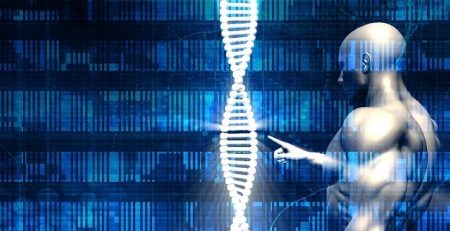Seventh Row of the Periodic Table Now Complete
With the discovery of 4 new elements which occupy the 113th, 115th, 117th and 118th positions, the seventh row of the periodic table is now complete. Previously occupied by the monkiers Uut, Uup, Uus and Uuo respectively, the teams that are responsible for the discoveries will now be allowed to name them.
The number assigned to these elements denotes the number of protons they each possess. Element 113 was discovered by scientists at the RIKEN Institute in Wako, Japan and is the first element of the periodic table discovered in Asia. Element 118 was discovered by a collaborative effort between Russia and the US from the Joint Institute for Nuclear Research in Dubna and Lawrence Livermore National Laboratory in California. Elements 115 and 117 were discovered by the aforemention collaboration, with the addition of the Oak Ridge National Laboratory in Tennessee.
These elements do not occur naturally and can only be produced in a laboratory. They were discovered by “smashing together light nuclei and tracking the decay of the resulting superheavy elements,” according to IFLScience.com, and only exist for a fraction of a second. Even though the periodic table is now technically complete, the Japanese team plans on continuing to “look to the unchartered territory of element 119 and beyond,” according to The Guardian.














